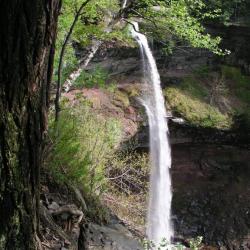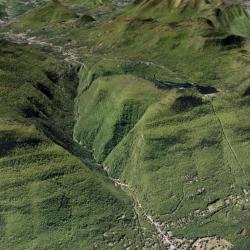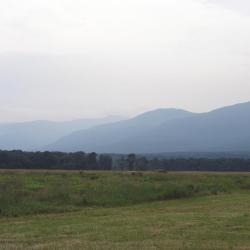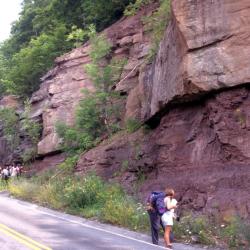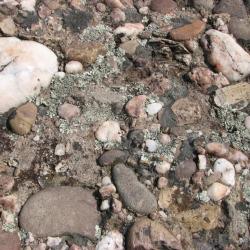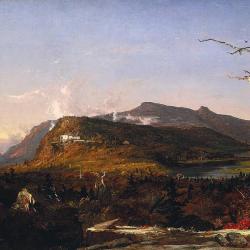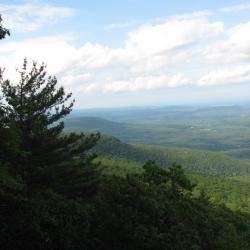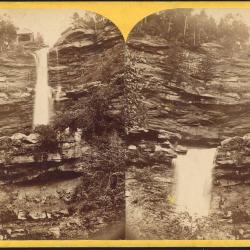Kaaterskill
The steep Catskill escarpment west of the Hudson River has long been considered a dramatic and classic North American landscape. Kaaterskill Clove, Kaaterskill Falls and nearby North-South Lake were the inspiriation for many artists and writers, including classic paintings of the Hudson River School of landscape artists such as Thomas Cole and Frederick Church (and Rip Van Winkle's 20 year sleep, as told by Washington Irving).
The Kaaterskill Clove, one of two major canyons that cut through the Catskill escarpment, rises 1200' from its mouth to top, across a distance of a little over three miles. Partway up the Clove, a trail will take you to Kaaterskill Falls, the highest waterfalls in New York. Water cascades 260 feet over pair of consecutive falls. The area of the falls and nearby North-South Lake were the sites of old classic Catskill hotels like the Catskill Mountain House and the Hotel Kaaterskill.
At North-South Lake, the escarpment rises 1700 feet across a distance of 1.5 miles. On a clear day you can see eastward across the Hudson Valley to the of the Taconic Mountains in eastern New York, the Berkshire Mountains in western Massuchussetts, and the Green Mountains in Vermont. Along the trail up to North Mountain, you can also see the southern Adirondack Mountains when the visibility is good.
Geological Features
The rocks you see in the vicinity of Kaaterskill Clove and Falls, and North-South Lake, consist of shales, sandstones and conglomerates, formerly mud, sand and gravel. These sediments were eroded from a great mountain range in New England and carried by rivers into New York between about 387 and 384 million years ago (during the Devonian Period). The most common rocks seen are shale and fossil soils, generally red in color, which formed on ancient flood plains; and resistant ledges of gray sandstone which were deposited as sands in river channels. Fossils are rare to find, but may include pieces of early tree fossils and freshwater clams.
The Twilight Park Conglomerate, well seen at Sunset Rock and other places along the escarpment trail beyond North Lake, is composed of a resistant ledge of conglomerate. The various kinds of pebbles in the conglomerate tell what kinds of rocks were eroding from the Acadian Mountains in westerm New England, around 385 million years ago.
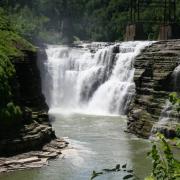
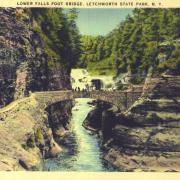
NY
United States



